Hand Dryers: For Kids, Beware the Noise
It’s no secret that hand dryers installed in public bathrooms can seem rather loud, but we were blown away by a young scientist’s findings when she put the volume levels of 44 automated machines to the test in restrooms across Alberta, Canada. Turns out some of those volumes can do a number on kids’ ears — which are more susceptible to noise-induced hearing problems — by reaching sound levels well beyond the danger zone of 85 decibels. Several of the various brands measured above 100 decibels when in actual use for hand-drying, and one was even greater than 120. The study, by then-9-year-old Nora Keegan, has captured international attention, with coverage by the New York Times, CNN, Canada’s CBC, and other media outlets. Now 13, Keegan is likely one of the youngest researchers to have her work published in the journal Pediatrics & Child Health. Per an NPR story, the Calgary student was inspired by the ringing in her ears and other kids’ reactions to hand-dryer noise to get to the bottom of just how loud the dryers — a common presence in public washrooms around the world — can be and whether they might negatively impact hearing ability. Her research, published this past summer after an approximately 15-month investigation, interestingly noted that some of the automated machines’ higher readings surpassed the legal limit of 100 decibels for peak loudness of children’s toys in Canada. A few other notable findings from this timely research:
- “Not all hand dryers are equal in their hearing safety.”
- Various dryers are potentially louder than some manufacturers’ claims.
- Dryer noise is “much louder at children’s heights than at adult height.”
According to Keegan, the study’s “results can be used to guide regulators, builders, and landlords in making decisions about which dryers to install in public facilities.” The investigation also highlights “the importance of measuring dryer loudness at the location of children’s ears” — versus that of adults, who are typically taller.
What’s the big deal?
Noise exposure, one of the most preventable risk factors, is a leading cause of hearing impairment — second only to aging. Over a billion children and adults are vulnerable to recreational noise-related hearing impairment alone, per the World Health Organization, making it essential to keep the volume down. One of the most effective actions you can take is to prevent or limit your child’s exposure to excessively loud noise. Keeping hearing protection on hand — including custom earplugs, headphones, or earmuffs to help temper loud sounds, can also go a long way toward preserving your child’s hearing.

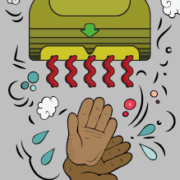
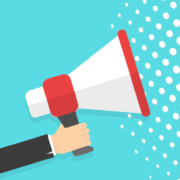




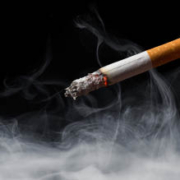
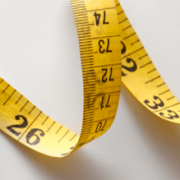
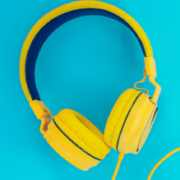
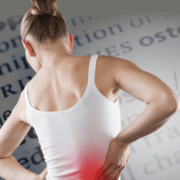
 Proudly Canadian and Independently Owned and Operated
Proudly Canadian and Independently Owned and Operated 

